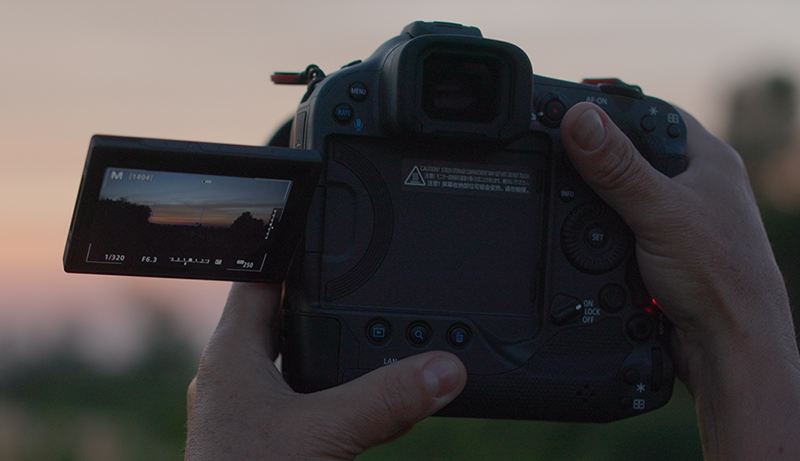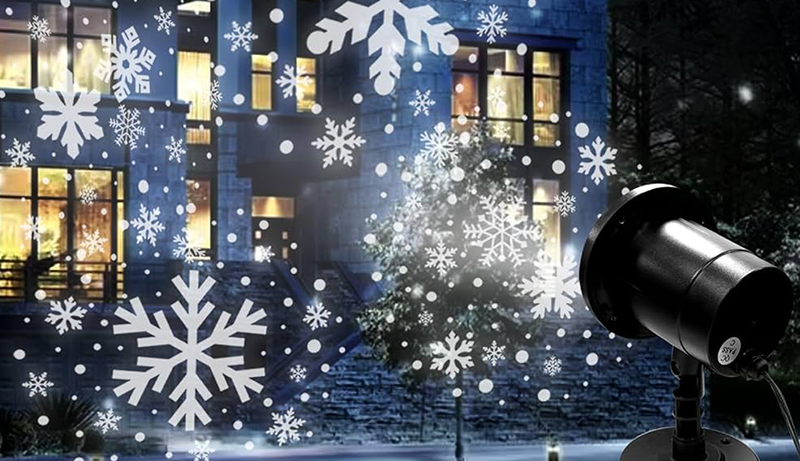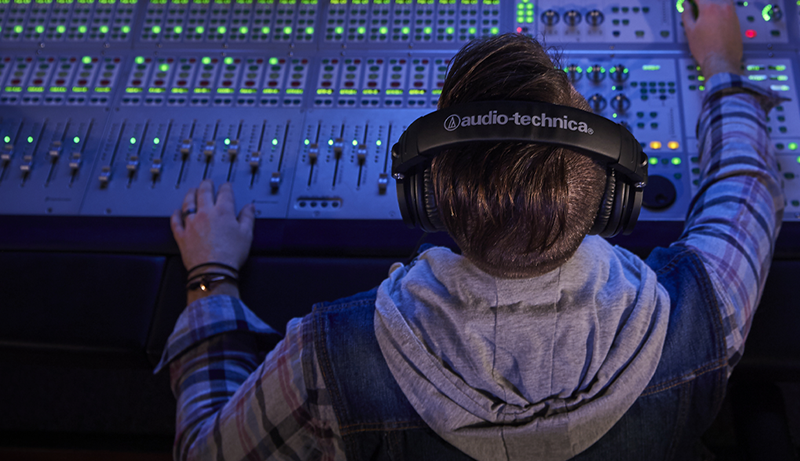Photography has evolved rapidly in recent years, and in this article, we’ll explore the best mirrorless cameras for wildlife photography.
With advancements in camera technology, today’s models offer exceptional quality and performance. Wildlife photographers often endure long hours, tough conditions, and extreme environments to capture the perfect shot. When that moment finally arrives, we want a camera that can keep up—whether it’s fast autofocus, a high frame rate, or accurate exposure settings.
Missing a shot due to slow focus or poor resolution can be frustrating, but modern mirrorless cameras are designed to meet the demands of wildlife photographers. These cameras help us capture stunning, high-quality images with more ease than ever.
When selecting a mirrorless camera, key features to consider include frame rate, resolution (megapixels), and autofocus performance. If you shoot video as well, this should factor into your decision.
To help you choose, we’ve curated a list of some of the best mirrorless cameras currently available—each one ideal for wildlife photography.
1. Sony Alpha 1
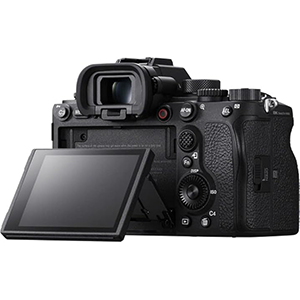
The Sony A1, despite being on the market for a few years, remains one of the top full-frame mirrorless cameras available.
With both electronic and mechanical shutters, it delivers an impressive 50.1 MP resolution in a compact body weighing just 1 lb. 10 oz. (737 g). The A1 can shoot up to 30 frames per second (fps) in Lossless Compressed Raw and 20 fps in Uncompressed Raw. Its buffer holds up to 96 frames, allowing over 3 seconds of continuous shooting before filling up.
Featuring 759 focus points, the Sony A1 offers fast, accurate autofocus and tracking, using a Fast Hybrid AF system that combines contrast and phase detection for quick response to fast-moving subjects. The camera also includes Animal Eye Detect and Bird Eye Detect for precise focus on your subject. Its 5.5 stops of image stabilization minimize camera shake when shooting handheld.
The A1 comes with a 2.95-inch adjustable-angle touchscreen LCD, and while Sony offers excellent wildlife lenses, Sigma and Tamron also produce compatible options.
2. Canon EOS R3
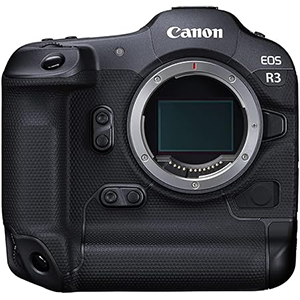
The Canon R3 introduces a unique feature: it tracks the photographer’s eye through the viewfinder to set or move the autofocus point. After calibrating it to your eye, simply look at your subject in the EVF, select, and shoot. This technology, ideal for tracking fast-moving subjects like birds in flight or running cheetahs, is currently exclusive to the Canon R3.
As Canon’s flagship 35mm full-frame mirrorless camera, the R3 boasts 1,053 AF points and excels at quick, precise autofocusing, even in low light. With 24.1 MP resolution, it can shoot up to 30 frames per second (20 fps with the mechanical shutter). Add in 5 stops of image stabilization and a 3.2-inch adjustable-angle touchscreen, and this camera is perfect for capturing those elusive shots on your wildlife photography bucket list.
Weighing about 2.24 pounds (1,015 g), the rugged, weather-sealed R3 is built to endure harsh outdoor conditions. Canon also offers a range of RF mount lenses for its mirrorless lineup, and the EF-EOS R Adapter allows compatibility with older EF lenses.
3. Canon EOS R5
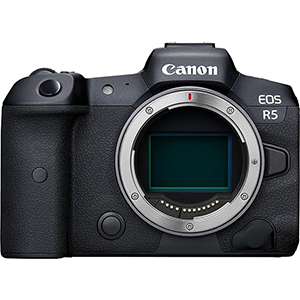
Introduced in 2020, the Canon R5 remains an excellent choice for photographers new to Canon’s mirrorless system.
Featuring a 45 MP full-frame sensor, the R5 offers shooting speeds of up to 20 frames per second with the electronic shutter and 12 fps with the mechanical shutter. Notably, it was Canon’s first mirrorless camera to include animal eye detection, making it effective for tracking animals, though many wildlife photographers advise it may not be the best option for birds in flight.
With 1,053 AF points, the R5 provides smooth, accurate autofocus and tracking. It also includes 5 stops of image stabilization, making handheld shooting easier, and has a 3.15-inch adjustable-angle touchscreen for comfortable viewing.
Weighing 1.63 pounds (738 g), this camera is built to withstand various weather conditions and offers great value for its capabilities.
4. Canon EOS R7
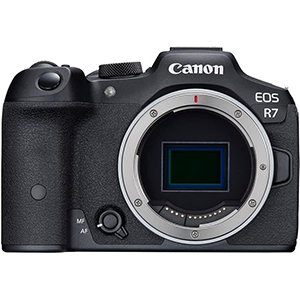
The Canon R7 is a great choice for photographers seeking an APS-C (1.6x crop factor) mirrorless camera.
Lightweight and compact at just 1.3 pounds, the R7 is ideal for those new to wildlife photography or as a secondary camera to complement a full-frame setup. With a 32.5 MP resolution and the ability to shoot at 30 frames per second using the electronic shutter, the R7 delivers high-quality images with extra reach, without sacrificing resolution through cropping.
Like other Canon mirrorless models, the R7 features animal subject detection to help you capture that perfect wildlife shot. It also comes with a 3-inch adjustable-angle touchscreen and offers 4K video recording. Handheld shooting is comfortable, thanks to its 5 stops of image stabilization.
The Canon R7 is compatible with older EF lenses as well as the new RF lenses. Pair it with an RF 200-800mm or 800mm lens for maximum reach, perfect for capturing those once-in-a-lifetime wildlife photos.
5. Nikon Z 9
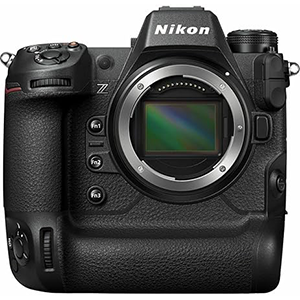
The Nikon Z 9 is a flagship professional full-frame mirrorless camera that impresses with its advanced features and performance. It boasts a 45.7MP stacked CMOS sensor paired with the EXPEED 7 image processor, delivering exceptional image quality and speed. This camera is designed to handle fast-moving subjects with ease, thanks to its powerful autofocus system that utilizes deep learning for subject detection. It can automatically track people, animals, and vehicles in both stills and video without needing to adjust settings.
Photographers will appreciate the high-speed continuous shooting capabilities, reaching up to 120 frames per second. The Z 9 also supports 8K and 4K video recording, making it a versatile tool for both photographers and videographers. The world’s first truly blackout-free viewfinder and Nikon’s innovative 4-axis tilting touchscreen enhance the user experience, providing flexibility and clarity in various shooting conditions.
Durability is another strong point, with a robust build that can withstand challenging environments. The Nikon Z 9 is an excellent choice for professionals seeking a reliable and high-performing camera that excels in both still photography and video production.
Conclusion
Mirrorless cameras empower wildlife photographers to capture stunning images once thought unattainable. With features like animal eye tracking, rapid autofocus, and high frame rates, these cameras are invaluable tools for achieving photographic aspirations.
The lighter lenses available for mirrorless systems also contribute to a more manageable wildlife photography setup, making it easier to carry gear over long distances.
While numerous brands offer a wide range of mirrorless cameras, choosing the right one depends on your specific photography needs. Are you aiming to sell prints? Would you trade some resolution for faster frame rates? Do you prefer a 35mm full-frame, APS-C, or Micro Four Thirds system? There’s no wrong choice; it all comes down to your goals.
I assure you that taking the leap to switch to a mirrorless camera system will be a rewarding decision, enhancing your photography experience.

